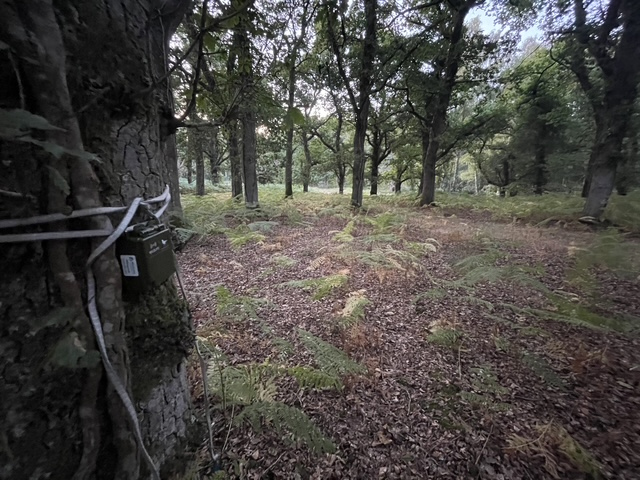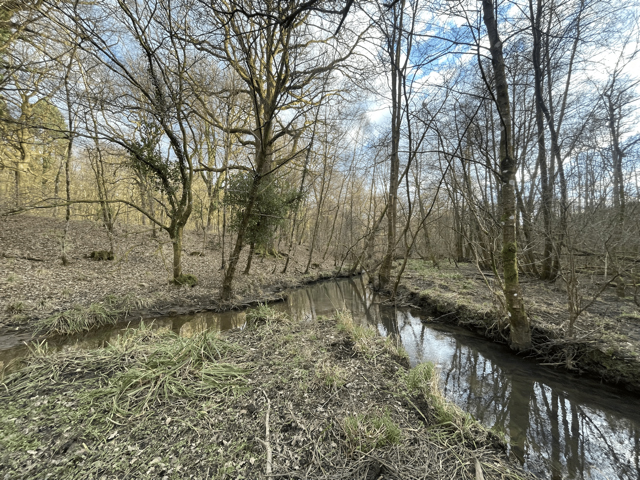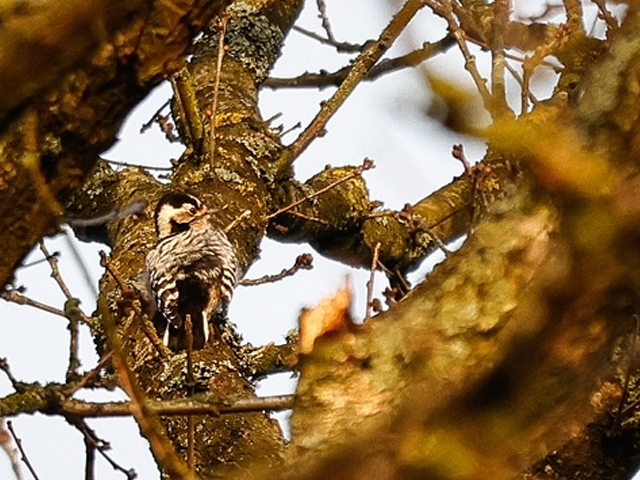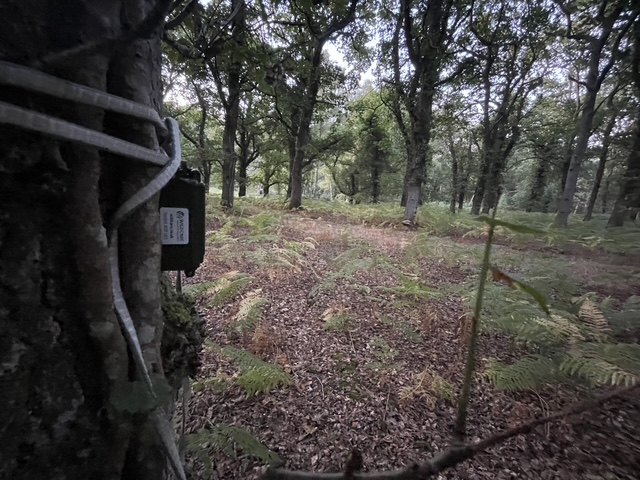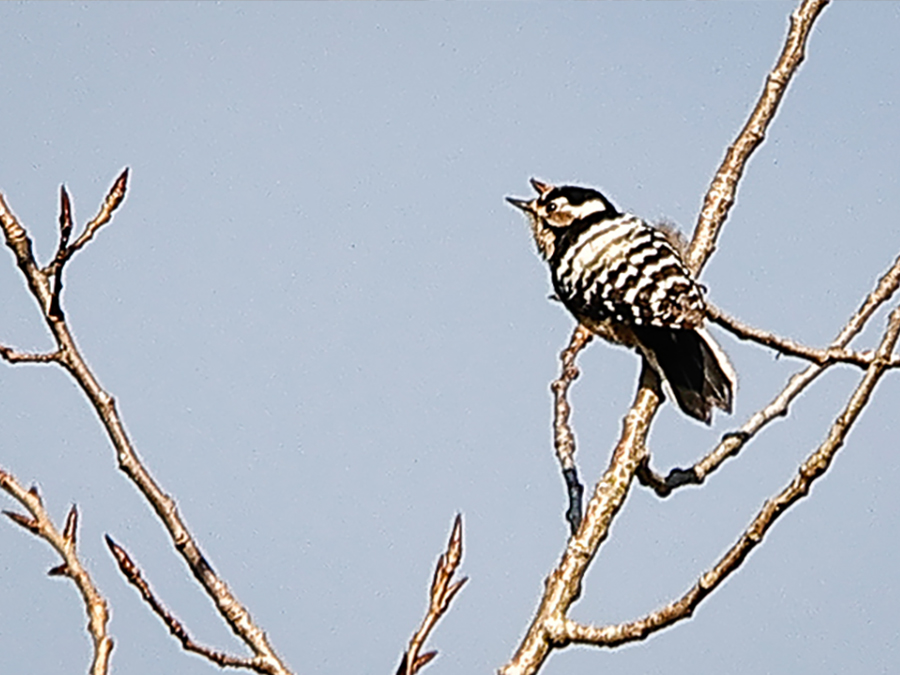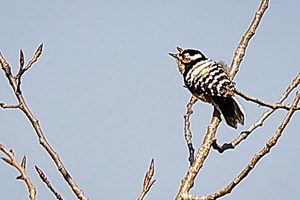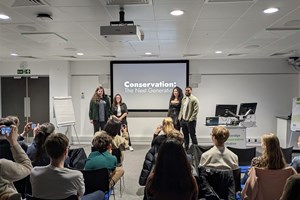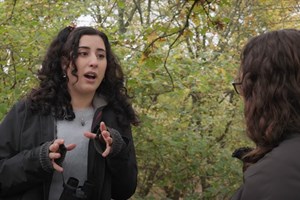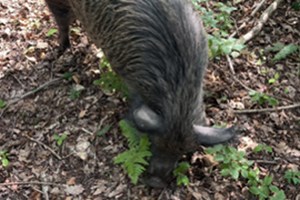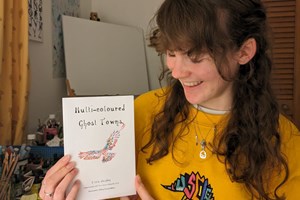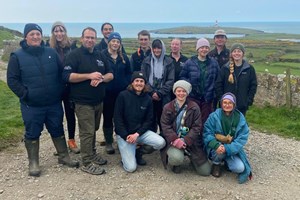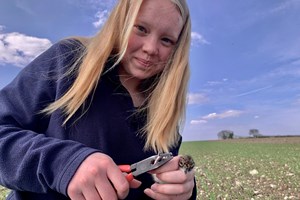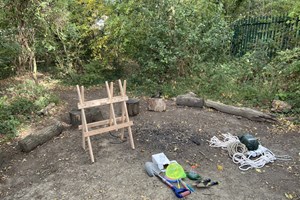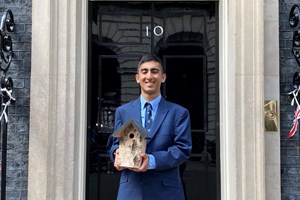Monitoring the Rare Lesser Spotted Woodpecker in Gloucestershire and Avon
This project aims to study habitat selection and distribution in one of Britain's fastest declining birds - the lesser spotted woodpecker.
The fund recipient, Rufus, is a 15-year old naturalist who has been fascinated by the lesser spotted woodpecker ever since first flicking to page 247 of Collins Bird Guide as a 5-year old. However, he did not catch a glimpse of the species until he was 13. Why? Because they are one of the most elusive birds in this country, sparrow-sized, and spend nearly all their life hiding away at the tops of the very tallest species of tree. Yet the difficulty of finding the species is beginning to change - with new technology called song meters.
And using these song meters to monitor lesser spotted woodpeckers is a large part of what this project is about. The Cameron Bespolka Trust have kindly sponsored three of these song meters - which are essentially highly sensitive, waterproof microphones that can be clipped onto trees. Song meters can record 24/7, listening out for the distinctive calling and drumming (known as bioacoustics) of the lesser spotted woodpecker. They can be placed in practically any environment, recording for durations that would be simply impossible for any one human observer.
The project aims to answer a few simple questions:
- What is the true distribution of this overlooked bird in Gloucestershire and Avon?
- What is the habitat that these birds reside in within the counties - ancient orchard (as in the Herefordshire stronghold) or ancient woodland (as in the New Forest stronghold)?
- Within these habitats, what are lesser spotted woodpeckers looking for in a site in the region?
"It is so exciting to be able to take such an in-depth look into a bird that I have spent so much time watching, and even more time searching for. Being able to do this with song meters is something that I've dreamed of doing for so long - I'm so grateful to the Cameron Bespolka Trust for enabling it to happen."
The project will run from February to April 2026: the months where the birds are most active - with the aim of deploying song meters at 24 potential lesser spotted woodpecker sites. Due to the species being of national significance, yet its habits being largely unknown, it is hoped that what will be learnt and uncovered during this project will bring about real change for this cracking little bird.
All photos by William Lambourne
